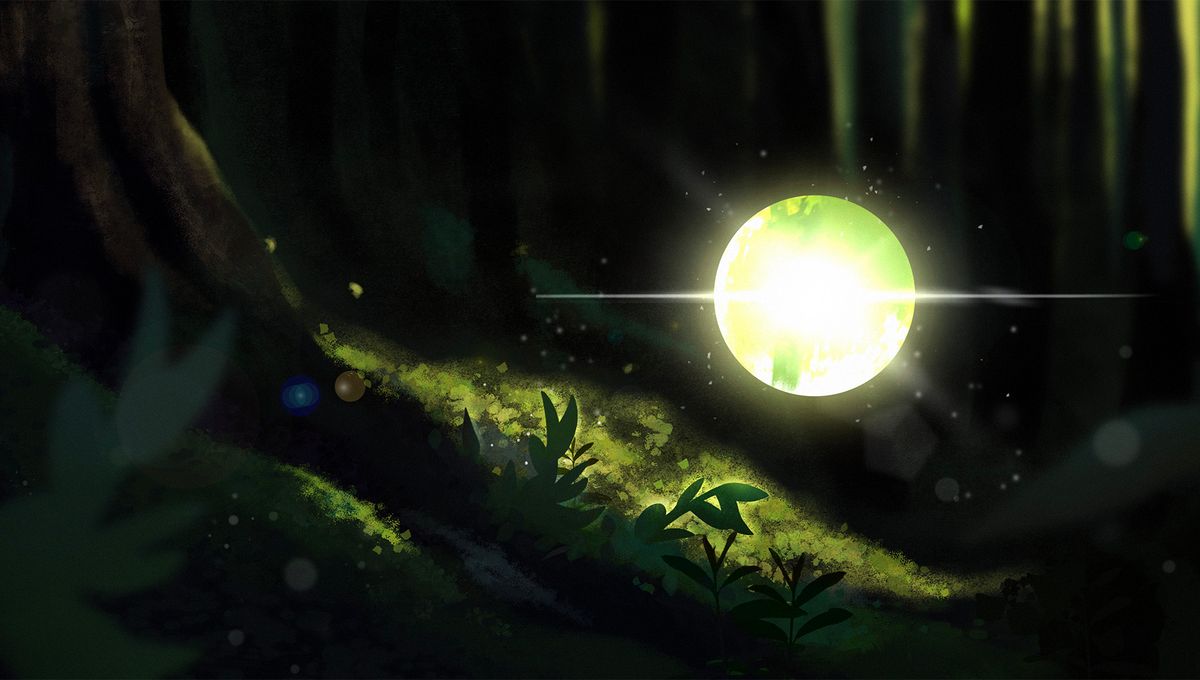
We are here thanks to photosynthesis. Light from the sun is converted to food for plants and animals, and its byproduct is oxygen. While crucial to life on Earth, the most intimate details of this chemical reaction have long eluded scientists. That’s where quantum mechanics and biology meet. And scientists are now there too.
Over the last several years, cutting-edge instruments have begun to deliver observations on how photosynthesis works at the molecular level. This new experiment complements other research as it delivers on the first step of the process: the absorption of light. The researchers were able to show that the chemical reaction can start with just one photon – a single particle of light.
“A huge amount of work, theoretically and experimentally, has been done around the world trying to understand what happens after a photon is absorbed. But we realized that nobody was talking about the first step. That was still a question that needed to be answered in detail,” co-lead author Graham Fleming, from Lawrence Berkeley National Laboratory (Berkeley Lab) and professor of chemistry at UC Berkeley, said in a statement.
The idea that a single photon would start the reaction made sense and it has been assumed to be the case for a while. But proving that it was indeed true has not been easy. It needed a combination of experts and the latest technology in both quantum optics and biological investigations.
The setup involved a photon pair that would be spontaneously generated in pulses. The first photon – nicknamed the “herald” – would be absorbed by a detector and the absorption would confirm that the second one was going to hit the sample, which was made of chlorophyll molecules from a photosynthetic bacterium.
If the sample got activated, it was designed not to start making sugars and oxygen, but to release a different photon, ready to be detected. Of the 17.7 billion herald photons they released, they confirmed 1.6 million single-photon absorptions.
“If you’ve only got one photon, it’s awfully easy to lose it. So that was the fundamental difficulty in this experiment and that’s why we use the herald photon,” continued Fleming.
The experiment expands our understanding of photosynthesis, both as a crucial biological process in itself and also as a way of being able to create the process artificially with high efficiency. This could be used to create green fuels, and much more.
“I think the first thing is that this experiment has shown that you can actually do things with individual photons. So that’s a very, very important point,” co-lead author Birgitta Whaley. “The next thing is, what else can we do? Our goal is to study the energy transfer from individual photons through the photosynthetic complex at the shortest possible temporal and spatial scales.”
The study is published in the journal Nature.
Source Link: Photosynthesis Starts With A Single Photon, Incredible Breakthrough Reveals